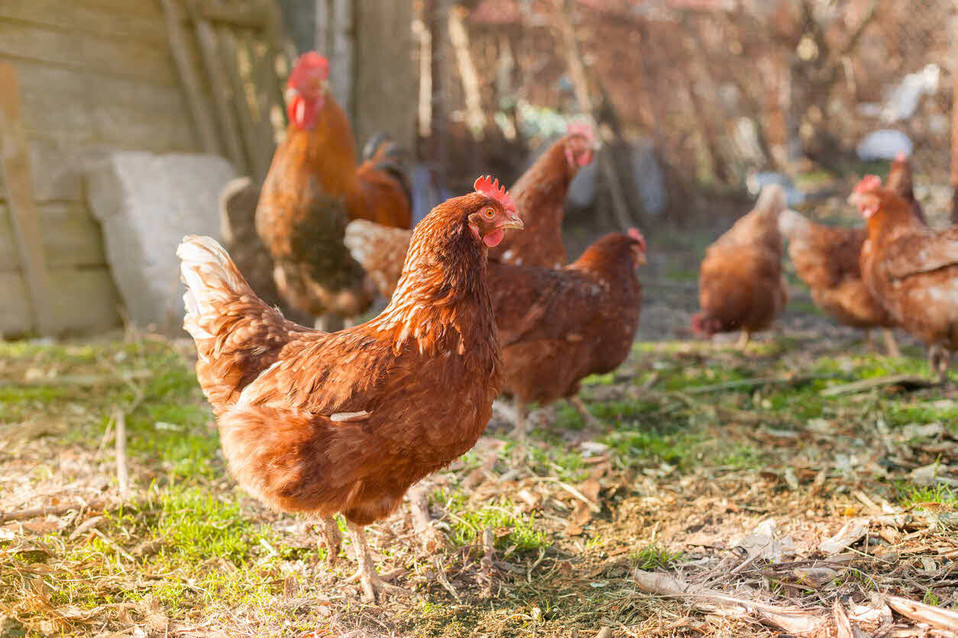Peri-urban farms – do they pose a biosecurity threat?
21 Feb 2018
From the Sydney Basin to the Peel region in Western Australia, peri-urban farms exist across Australia and play a greater role in Australia’s food production and food security than you might think
AVA President, Dr. Paula Parker, said that food production in the greater Sydney region alone is worth more than one billion dollars a year1 so all producers, including those in peri-urban areas, can’t afford to become complacent when it comes to disease management.
According to the ABS 2012, the value of agriculture in the peri-urban areas across Australia represent two percent of Australia’s total value of Agriculture production.
“Australia must maintain a healthy and profitable agricultural sector and by limiting the impact of diseases on our livestock, we’re not only ensuring the health and welfare of Australia’s animals, but we are also ensuring farmers continue to operate resilient and robust businesses,” Dr. Parker said.
“A disease outbreak on any farm, regardless of its size or location, comes at enormous short and long-term costs to agricultural businesses. Peri-urban areas, the interface between urban and rural lands are often faced with higher biosecurity risks as these areas attract more international travellers and freight.”
Prevention and risk management is essential to protecting livestock and food crops against disease and critical to Australia’s food security.
“Having veterinarians come onto your farm to help develop your biosecurity plan is the best way to get the most appropriate advice and to detect any emerging disease threats,” Dr. Parker said.
To help improve farm biosecurity, the AVA’s cattle group introduced a new scheme called BIOCHECK, a biosecurity planning tool designed to ensure that the farmer has considered the major biosecurity risks and has appropriate risk management strategies in place.
“It’s essential that producers and hobby farmers working in peri-urban areas work with their veterinarian to identify biosecurity, animal, and human health risks and advise on systems to prevent, monitor, and manage diseases in their livestock,” she said.
Dr. Parker also says that a focus on biosecurity as well as the prevention and control of animal diseases on farms plays a key role in our fight against antimicrobial resistance.
“By improving disease prevention, we can significantly reduce the need for antibiotic use in sick animals.”
Reference
For further information and requests for interviews contact the AVA media office on 0439 628 898 or media@ava.com.au.
The Australian Veterinary Association (AVA) is the only national association representing veterinarians in Australia. Founded in 1921, the AVA today represents 9000 members working in all areas of animal science, health, and welfare.
